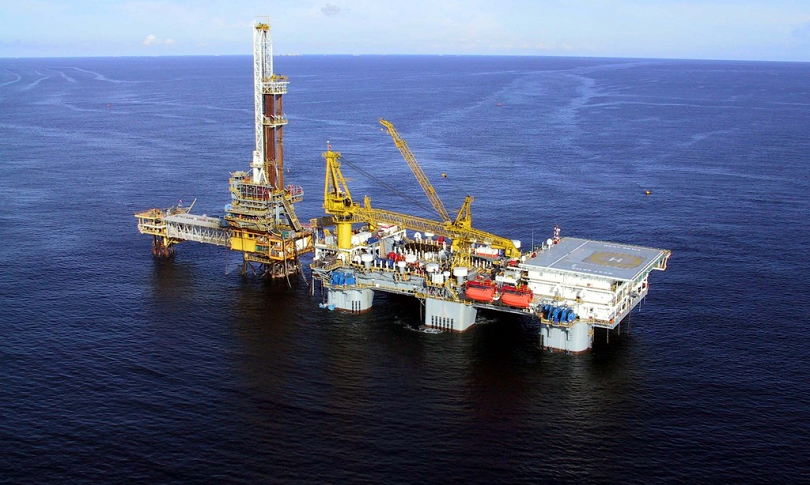October 3, 2016 – Oil halted gains after rising above US$50 a barrel in London for the first time in more than three weeks, as plans by some Opec members to boost output raised doubts the group will be able to implement its production cut in November.
Brent futures fell 0.4 per cent in London after advancing 6.9 per cent last week. While Opec outlined an accord to reduce production by as much as 750,000 barrels a day, its third-largest member Iran wants to increase exports to 2.35 million barrels a day in the coming months. The Opec member is currently shipping 2.2 million barrels a day. Rigs targeting crude in the US rose a fifth consecutive week to the highest level since February, Baker Hughes Inc said on its website Friday.
Oil capped the biggest monthly gain since April after the Organisation of Petroleum Exporting Countries agreed to trim supply for the first time in eight years. While quotas will be decided at the group’s official meeting in November, Nigeria and Iran have said they are exempt and Iraq has said it doesn’t accept Opec’s estimates of its production levels. Russia boosted output last month to a post-Soviet record.
“Oil will probably trade between $45 and $50 a barrel as we move into November and see what type of deal is done,” said Angus Nicholson, a market analyst in Melbourne at IG Ltd. “There are questions about how Opec is going to police the new output limits and how they will keep members in line if they breach their production ceiling.”
Brent for December settlement, which became the front-month contract Monday following the expiry of November futures last week, was 5 cents lower at $50.14 a barrel at 8:17 am on the London-based ICE Futures Europe exchange. The November contract fell 18 cents to expire at $49.06 on Friday, while the December contract closed at $50.19. The global benchmark traded at a $1.47 premium to December West Texas Intermediate.
WTI for November delivery was down 17 cents at $48.07 a barrel on the New York Mercantile Exchange. The contract rose 41 cents to $48.24 on Friday, the highest close since August 19. Total volume traded was about 42 per cent below the 100-day average. Prices rose 7.9 per cent in September.
US drillers added seven rigs during the week ended September 30, increasing the count to 425, according to Baker Hughes. The US is pumping at a rate of 8.5 million barrels a day, weekly data from the Energy Information Administration show.

